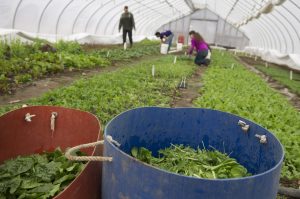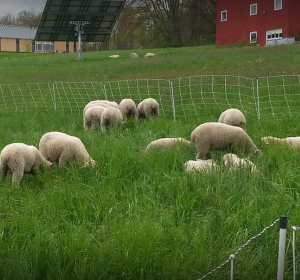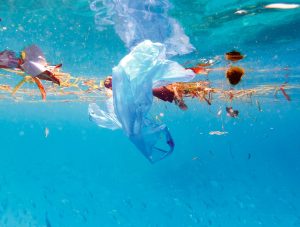
The farm is structured around waste in an interesting way because there are real uses for most of the waste it produces. Some of the waste at the farm includes food scraps and animal waste. I think this is interesting because in most places waste is waste but in this case, waste is actually useful. The term waste implies that there are no further uses for the item but in this case the waste never actually becomes waste. The pigs will eat food scraps which eliminates the waste that they would become. The animals produce waste in the form of feces which becomes manure which helps to produce more food. Then the food scraps can be used to feed the animals and the animals produce manure which is used to produce food then the food scraps become food for the animals who produce manure which is used to produce food and on and on it goes. It is the perfect cycle that does not produce any real waste. Of course, I am not positive that this is how things work here on our farm, but it is in theory one of the perfect and natural cycles that help to avoid waste when used. 

